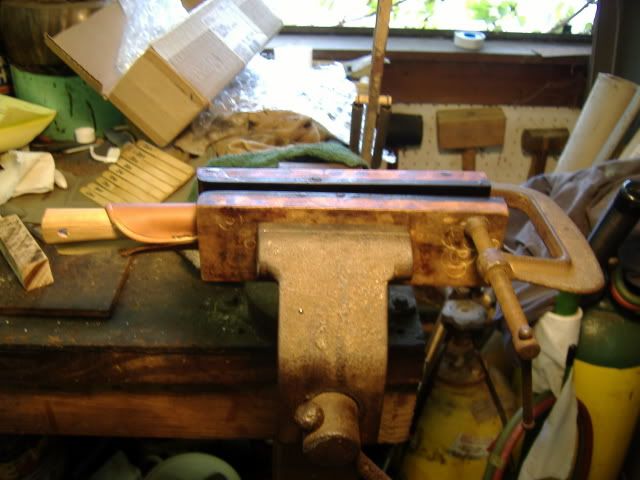- Joined
- May 6, 2014
- Messages
- 17,477
- Reaction score
- 16,563
Wick,
Thank you very much for that additional information. The tip on using the micarta and/or formica to ensure smooth pressed leather is especially appreciated. I can imagine plain wood would leave grain impressions on the leather, but I would never have thought of that ahead of time.
After the final pressing, do you find you have to smooth up spots with a bone/antler/wood burnisher?
I found that necessary when wet forming cap pouches and some types of cartridge boxes, that is why I ask.
Gus
Thank you very much for that additional information. The tip on using the micarta and/or formica to ensure smooth pressed leather is especially appreciated. I can imagine plain wood would leave grain impressions on the leather, but I would never have thought of that ahead of time.
After the final pressing, do you find you have to smooth up spots with a bone/antler/wood burnisher?
I found that necessary when wet forming cap pouches and some types of cartridge boxes, that is why I ask.
Gus





